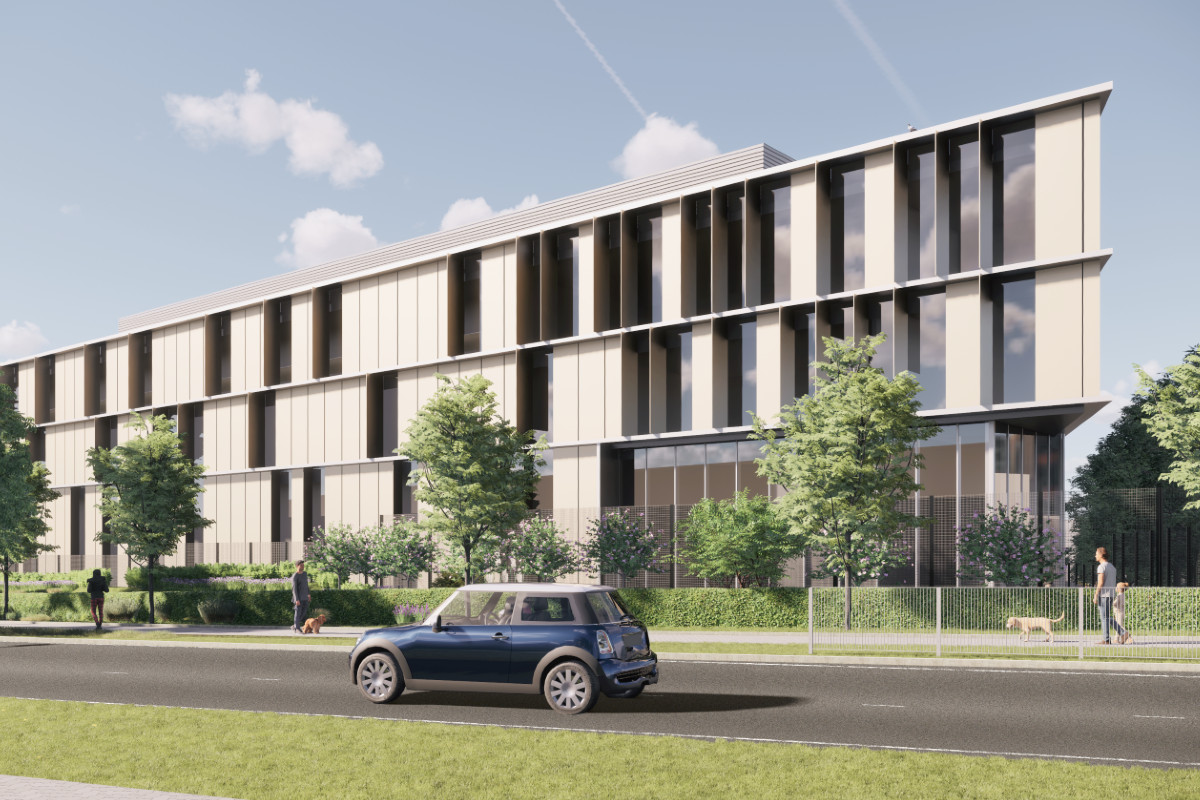A new data centre on an industrial plot in Hemel Hempstead has received outline planning approval, with it set to replace an existing two-storey warehouse and office.
The scheme, designed by Scott Brownrigg for Northtree Investment Management, is intended to bolster local digital infrastructure while upgrading the workplace offer and public realm on the estate.
Set to be located at 45 Marylands Avenue, the site will feature a three-storey data centre of around 5,000sqm, with supporting office accommodation, as well as all the ancillary infrastructure required to support the data centre, such as a substation, car parking and servicing areas.
Additionally, the design includes public realm improvements, with a generous setback along the road, reinforcing its existing boulevard character. New landscaping and seating are also planned to encourage pedestrian and cycle movements and lift the estate’s visual amenity.
Hemel Hempstead continues to grow as a data centre cluster
It’s unsurprising to see yet another data centre opt for Hemel Hempstead, after all, the town has become an established data centre cluster alongside Slough and Stockley park, with growth edging up the M1/M25 corridor as land and power tighten elsewhere.
Despite demand, however, the area has also become hotly contested. Earlier this year, Angela Rayner was forced to overturn a local council’s decision to reject a data centre in nearby Abbots Langley, citing the growing demand for data centre capacity in the Hemel Hempstead area.
To ensure public buy-in for this particular data centre, Scott Brownrigg has put careful consideration into both the design of the data centre and the surrounding area. It adopts a fabric-first strategy, with office areas laid out to enable natural ventilation via openable windows while maintaining security for restricted spaces. Planting will include a mix of locally native trees and shrubs along the southern and western boundaries to create a vegetative buffer and support local biodiversity.
According to the project team, the proposals aim to make more intensive use of industrial land while addressing installation, maintenance, replacement and construction considerations from the outset, and to ensure occupied spaces contribute positively to the existing streetscape.


